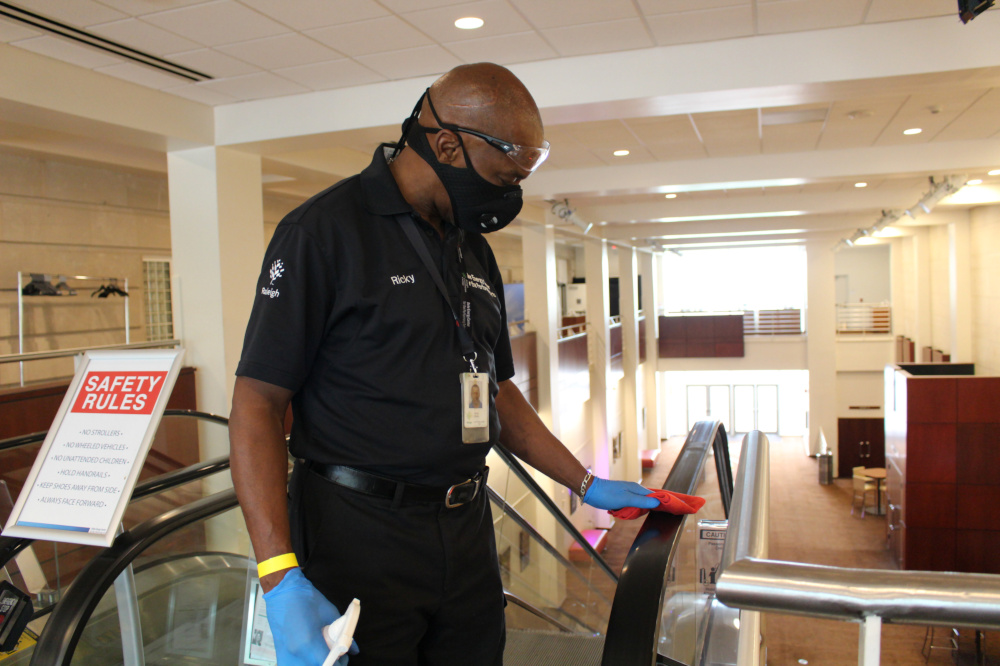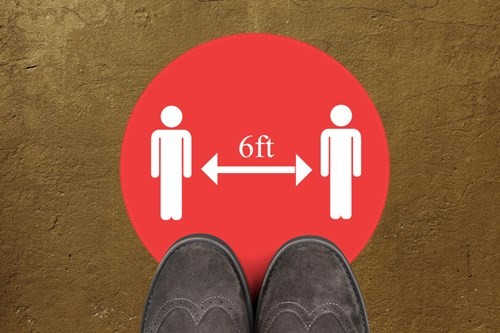CVBs/DMOs have always been important partners in the meeting planning process, often providing free resources and serving as the connection point to vendors, facilities and local government in their destinations.
These crucial organizations have also suffered immensely during the pandemic—many have had their staffs slashed in half, and as 501 C (6) nonprofit organizations, they were not eligible for the Payroll Protection Program under the CARES Act earlier this year.
Still, CVBs and DMOs are a portrait of perseverance and are helping to pave the way for recovery for destinations all over the U.S. as the meetings industry works on how to meet in person again, even as they work with fewer staff members and resources.
By coordinating with local hospitality partners, medical professionals, leading safety pledges and more, CVBs are entering a new era of service by helping their destinations recover as safely as possible.
Here are three notable ways CVBs are leading safety efforts that meeting planners should know about—and leverage.
1. Destination-Wide Pursuits of GBAC STAR Accreditation
The Global Biorisk Advisory Council (GBAC), a division of ISSA (a worldwide cleaning industry association), unveiled its GBAC STAR accreditation in May, which is an outbreak prevention, response and recovery accreditation for facilities. It has seen an overwhelming response from convention centers, hotels and other event facilities.
The rigorous program trains facilities in cleaning, disinfection and infectious disease prevention, and its logo is becoming a stamp of confidence for meeting planners scouting venues for potential in-person meetings.
Some CVBs have taken things one step further, pursuing destination-wide accreditations. One of the first CVBs out on this idea was Visit Dallas, announcing on the heels of the GBAC STAR reveal that, in collaboration with the Dallas Tourism Public Improvement District (DTPID), it was starting an effort to become the first destination in the nation to receive the accreditation, committing Dallas hotels, the Kay Bailey Hutchison Convention Center Dallas (KBHCCD) and selected city-owned arts and cultural institutions to the pursuit.
Discover the Palm Beaches followed suit, becoming the first destination in Florida to pursue destination-wide accreditation, committing Palm Beach International Airport, Palm Beach County Convention Center and more than 150 hotels to the effort.
[Related: How CVBs Are Using Virtual Tech to Help Meeting Planners Scout Destinations]
“As destinations come back, it is going to take some kind of assurance to the public,” said Don Welsh, president and CEO of Destinations International (DI), who connected with the CEO of ISSA in the early summer to discuss the GBAC STAR accreditation and the needs within the tourism industry. “Now, this [GBAC STAR pursuit] has become pretty standard.”
2. Coordination With Local Government and Medical Communities

In an unprecedented year, CVBs are coordinating with their local governments and aligning with medical professionals like never before.
“We have said since the onset: When medical and scientific communities come together [with CVBs], there will be a greater level of confidence from planners to book in those cities,” Welsh said, speaking to the importance of these efforts.
The Philadelphia CVB, for example, appointed a chief health advisor, Dr. David Nash, who provides direct health and safety advice and guidance to meeting planners by analyzing public health and safety reports, plus reviews public health guidelines and protocols. Dr. Nash also works closely with a subcommittee team of PHL Health Advisors that consists of experts in public health, infectious disease, medical research and mental health.
As local governments have been heavily involved in the COVID-19 response, Welsh stressed that CVBs working closely with those officials is more important than ever to helping destinations recover. In fact, DI announced in October that it entered a partnership with the United States Conference of Mayors (USCM), which comprises 2,000 mayors in cities of 30,000 or more. DI hopes aligning its members closely with elected officials will have everyone strategically working together to help communities recover from the pandemic.
[Related: Site Inspections During a Pandemic: A COVID-19 Meetings Safety Checklist]
Through the partnership, CVB professionals who are DI members will be able to participate in various conferences and webinars throughout the year, and they’ll have the opportunity to communicate personally to USCM members.
3. Joining Statewide Coalitions and Safety Pledges
Not only are CVBs aligning with hospitality and medical professionals in their respective destinations—they are also aligning with each other.
Rather than compete for returning businesses, city CVBs are partnering with others in their states to lift the entire travel industry up and share ideas on how to conduct business safely.
Welsh mentioned an impressive example of this during an MPI virtual event he moderated, where 15 California CVBs and convention buildings described their newly formed California Convention Coalition, which promises to adopt the same safety standards across the cities and convention centers to make planning in California easier.
“I was blown away by this,” Welsh said of the joint effort. “They are making a guarantee to you as a planner that these 15 cities in California are all subscribing to the following benefits.”
Additionally, at the state level, many businesses have adopted safety pledges and participated in safety training. Welsh said Pocono Mountains Visitors Bureau was one of the first CVBs out on this, and the idea snowballed across the country from there. “We were blown away with the Pocono Pledge. Then all of the sudden, it started leapfrogging.”

In North Carolina, for example, a joint effort by N.C. Department of Health and Human Services, NC Restaurant & Lodging Association and Visit North Carolina created the Count on Me NC certification. Businesses that take the pledge receive training developed by public health officials and food safety experts. Over 3,600 business are participating, including CVBs like Visit Raleigh, Greensboro Area CVB, Wilmington & Beaches CVB and many more.
Now, you’d be hard pressed to find a CVB in the U.S. that hasn’t made some sort of concrete commitment to higher safety standards.
Collective Effort
These examples represent just a few of many CVBs that are going above and beyond to ensure confidence in traveling to their destinations for meetings, as well as safety for those attendees and also those who live in the local community.
As you scout destinations for potential in-person 2021 meetings and events, working with these destination organizations will be essential to the planning process.
“I’ve never been more proud of our industry and the amount of work they are putting in with such few resources. They are saying: What can I do to make my city better, what can I do to get people back?” Welsh said. “I think we all realize the importance of the roles we play in keeping people employed—hotels, restaurants, attractions. We take satisfaction in that.”
Read Next: How 3 CVBs Worked With Planners to Save or Reschedule 2020 Meetings






